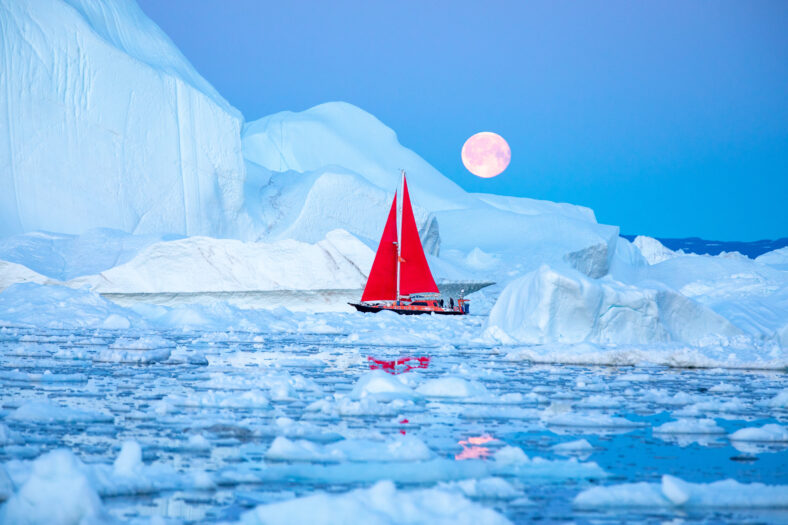Fossils Suggest That Greenland Used To Be Ice-Free Less Than One Million Years Ago

Almost 98 percent of Greenland is currently covered in ice, but new research suggests that it was nearly completely ice-free less than a million years ago.
Throughout the years, experts have debated over whether Greenland has been covered by ice since the beginning of the Pleistocene epoch, which occurred roughly 2.7 million years ago.
But a new fossil discovery has revealed that both the edges and center of Greenland’s ice sheet melted away in recent geological years.
“Our new data is the strongest confirmation yet that the ice in the center of the island vanished and was replaced by a tundra ecosystem,” said Paul Bierman, the lead author of the study and a geologist at the University of Vermont.
The research team analyzed a sample of an ice core extracted from the area in 1993 and found a number of fossils, including willow, fungi, and insect body parts. The most remarkable find was a well-preserved Arctic poppy seed.
For over 30 years, the core has been kept at the National Science Foundation Ice Core Facility in Colorado. During that time, it was largely ignored.
“The ice part of the core has been extensively analyzed,” said Bierman. “The people who were taking the ice cores weren’t thinking much about what was beneath.”
“After one set of analysis on the sediment, it was put in a bag on a shelf. We would not have known to check if we didn’t already have a project working on sediments below the ice.”
The team had not expected to find fossils within the ice core. Their original plan was to measure carbon-dating isotopes in the sample.

Sign up for Chip Chick’s newsletter and get stories like this delivered to your inbox.
One key piece of evidence that proved Greenland’s lack of ice was a specimen of rock spike moss, which only survives in sandy and rocky regions today. The plant would have been unable to grow on top of a sheet of ice.
A 2016 study of the ice core suggested that the ice sheet currently on Greenland was 1.1 million years old at most.
The study also estimated that the loss of ice at the site meant that 90 percent of Greenland would have been ice-free back then.
In 1996, another core was extracted from Greenland’s northwest coast. It was examined in 2019 by Bierman and his team.
The multiple fossils they discovered indicated that this part of Greenland was free of ice within the past 500,000 years.
The latest research found that the center of Greenland was ice-free at some point during the last million years. Now, the landscape is covered by a layer of ice that is two miles thick, but in the past, it hosted an entire tundra ecosystem filled with flowers and possibly even small trees.
For Greenland to be ice-free, the levels of atmospheric carbon dioxide were lower than today’s levels. Greenland could become ice-free again someday, which would cause sea levels to rise. However, it would take decades for the ice to melt.
The study was published in the journal PNAS.
More About:News